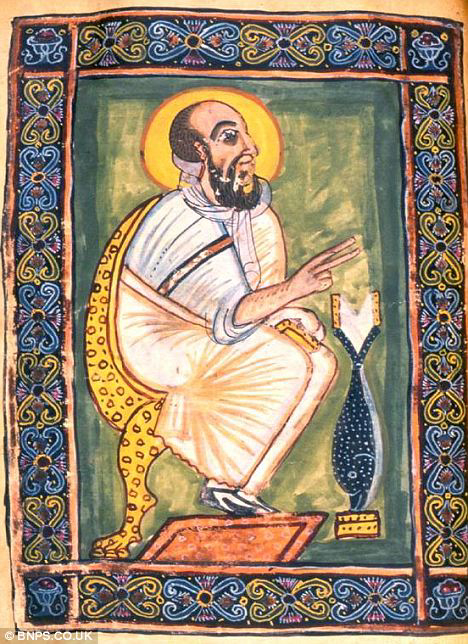5km away from Adwa, in the Mehakelegnaw Zone of the northern Tigray Region in Ethiopia, lies the Abba Garima Monastery, an Ethiopian Orthodox Church. Established in the 6th Century by one of the Nine Saints, Abba Garima, and built by King Gabra Masqal, the monastery is home to the two ancient Ethiopic gospel books: Garima 1 and Garima 2.
Oldest and most complete Bible
The Garima gospels had long been held to be the oldest and most complete Christian manuscripts, with Garima 2, the earlier of the two, being the oldest and most complete. The monastery holds that they were composed close to the year 500, and this is confirmed by recent radiocarbon dating analysis which dated Garima 2 as originating from 390-570, and Garima 1 from 530-660. This effectively makes the Garima gospels the oldest and most complete illuminated Christian manuscripts in the world.

The gospels are named in honour of Abba Garima—he arrived in Ethiopia in 494CE from Rome (thought to be Syria), Christianized the rural populations of the ancient kingdom of Axum, healed the sick and performed miracles, and wrote and illustrated the complete Gospels in a single day (“God stopped the sun from setting until the Saint completed his work”).

Research vs Traditional account
While tradition holds that the text-base for the gospels is Syriac, recent research indicates that it is Greek. Recent research also contraindicated several aspects of the traditional account, including that the iconography and palaeography look to Egyptian, not Syrian sources; and that the gospel translation witnessed in the Garima gospels had been completed over a century before the traditional dates for the Nine Saints. Scholars are also moving away from the supposed Syrian origin of the Nine Saints.

Expert opinion
Experts believe the gospels are also the earliest example of bookbinding still attached to the original pages. The survival of these gospels is incredible considering the country has been numerous invasions, including under Arab invasion, Italian invasion and a fire in the 1930s destroyed the monastery’s church.
The manuscripts were written on goatskin in the early Ethiopian language of Ge’ez. They are under glass display in the monastery.
Christianity in Ethiopia
Christianity in Ethiopia can be traced back all the way to the ancient Kingdom of Axum when King Ezana first adopted the faith. Although the religion existed in Ethiopia before then, it did not take hold in the region until it was declared a state religion in 330AD. It is not known when exactly Christianity emerged in Ethiopia, but the earliest known reference is Acts 8:26-38 in the New Testament when Philip the Evangelist converted an Ethiopian court official in the 1st Century AD (although scholars argue that ‘Ethiopian’ was a term used to refer to a black person, not necessarily an Ethiopian as we know now). Today, Christianity is dominant in Ethiopia, with many denominations being followed, the largest of which is the Ethiopian Orthodox Tawahedo Church. The Orthodox Tewahedo churches currently have the largest and most diverse biblical canon in traditional Christendom.


